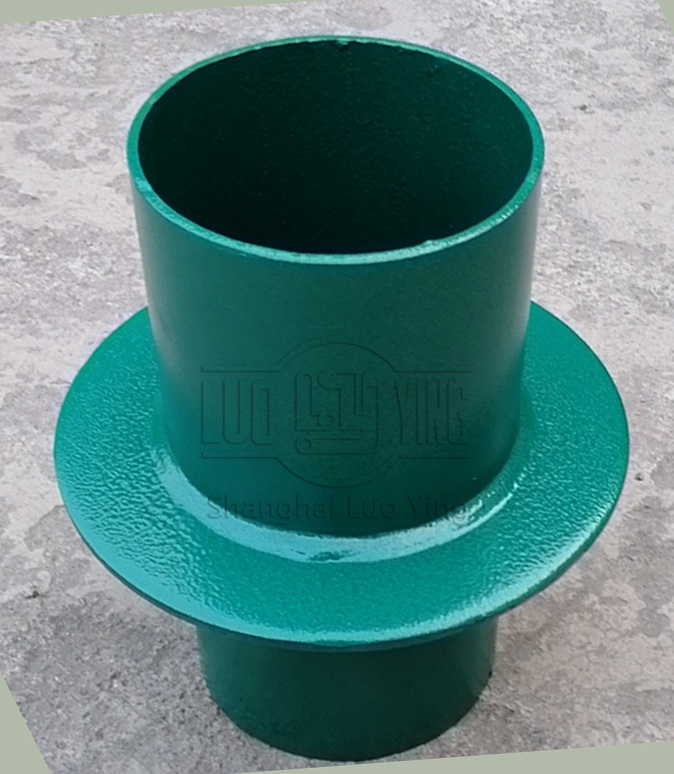How is rigid waterproof casing installed?
Sep-22-22
Rigid waterproof casing is generally used in areas without earthquake protection. Its processing process is simple and can play a part in the corresponding performance of flexible waterproof casing. Rigid waterproofing casing end pipe wall repeated restrictions as a result of the destruction of the rigid waterproofing casing hot-dip galvanized steel strip anti-corrosion layer, reducing the corrosion resistance of rigid waterproofing casing.Before installation and use should first observe its appearance to see if the waterproof casing is intact, the pipeline surface stains wipe clean, and then irrigation and external wall flushing root by root to check whether there are cracks, there are no sand holes, pipe wall thickness is uniform.
When welding waterproof casing, welding round, no cracks and sand holes, no welding casing. Waterproof casing installation site should be accurate, the casing shall not be tilted or deviated. Next, eliminate welding scars and burr edges. After welding, clean up the weld slag, and then brush more than two times of rust-proof paint. The slope of the pipe at the exit of the roof should be increased appropriately. Waterproof casing pipe installation should be set up in accordance with the construction acceptance specifications for support hangers.
Water supply and drainage pre-buried engineering construction, according to the provisions of the drawings to pre-buried eyelets. To prevent the destruction of lines and pipes during installation. Drainage pipe in touch with the exterior wall decoration line, be sure to pre-bury the hole.
If the water facing surface of the casing is corrosive, the gap needs to be sealed with sealing material. For example, if a non-concrete wall is encountered during installation, then it is necessary to change it to a concrete material. And pay attention to the scope of pouring concrete, but also to pour the casing solid in the wall. And ensure the thickness of the wall, otherwise it will not achieve the effect.
For the wall where the casing passes through the wall, if it is not a concrete wall, then a concrete wall should be used. Poured concrete surround should be 200 mm larger than the diameter of the wing ring (D4), and the casing must be solidified in the wall at one time. The filler in the casing shall be compacted. Fill with oil sisal and asbestos cement, then compact.


